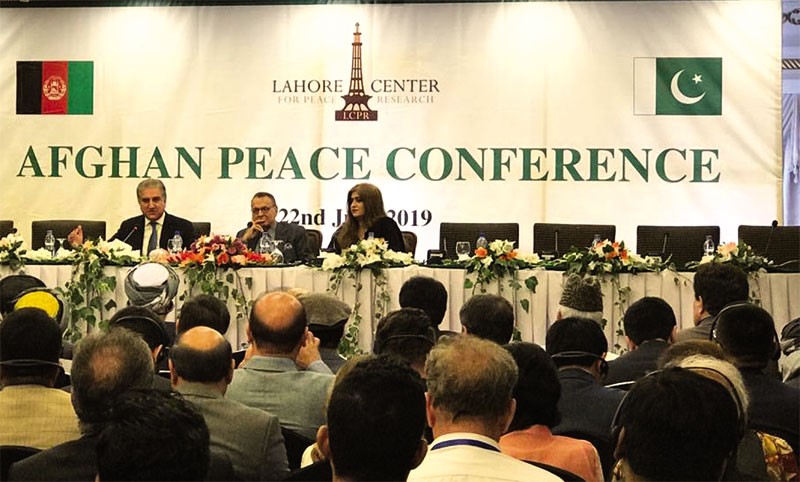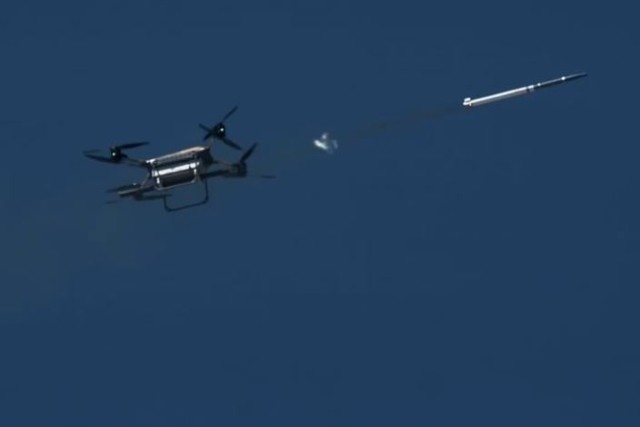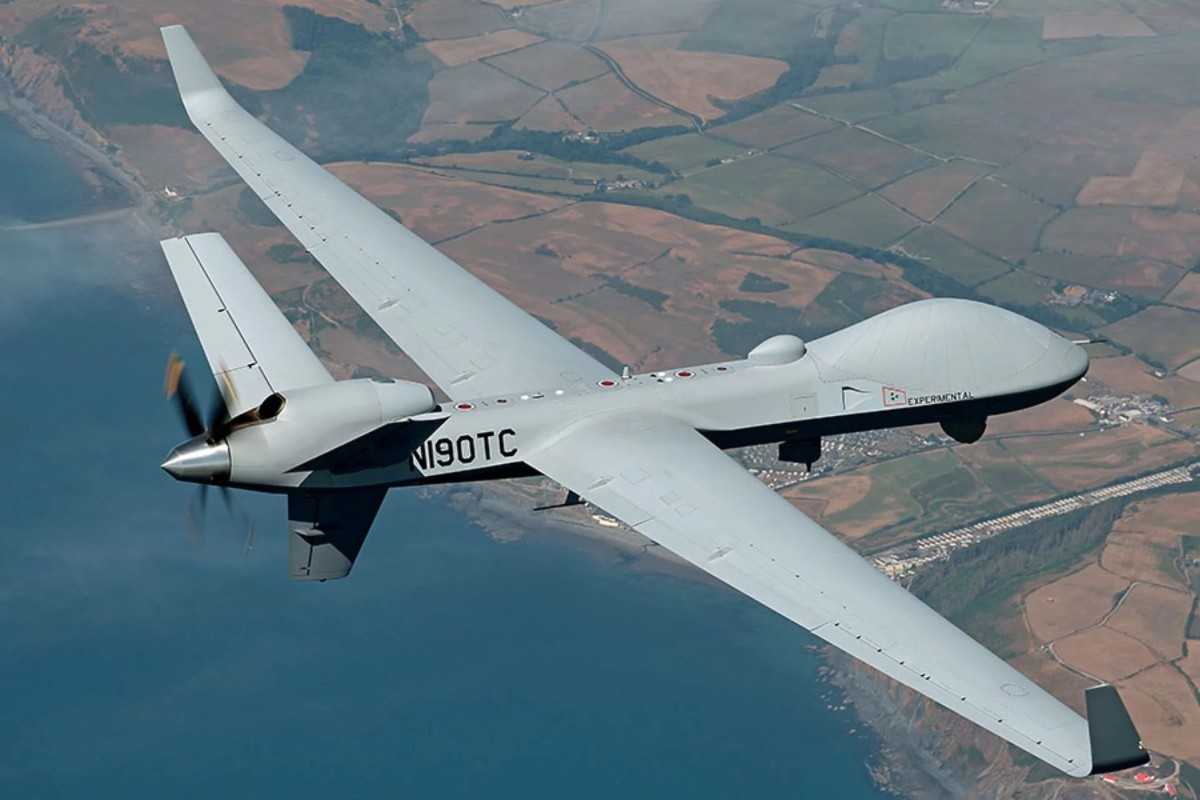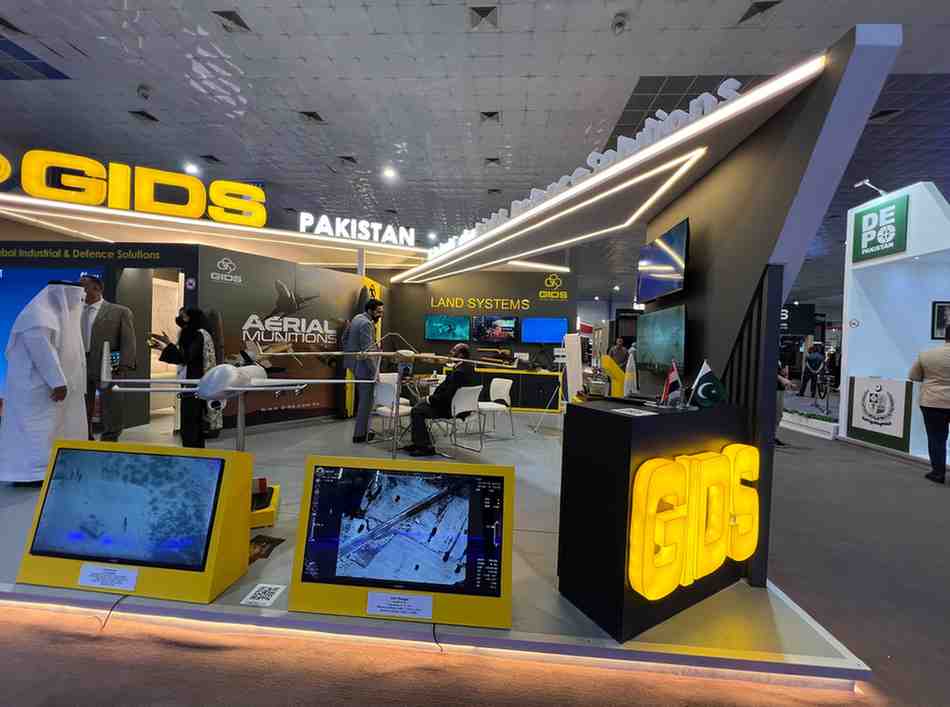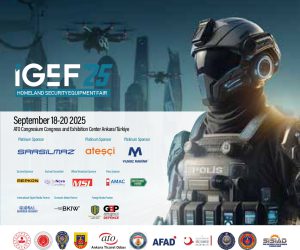Conflict Resolution and Peacebuilding: Lessons From the Afghan Conflict
The violent conflict dynamics have pervaded the state of Afghanistan throughout the historical record. Historical documentation often refers to the Afghan land as the Graveyard of Empires, which has liberated illusions of Afghanistan in terms of combat, violence, and barbaric episodes. In the Post-soviet invasion era, the mujahidin supported financially by the US Department of State for the anti-communist resistance movement; later evolved as a conflict party.
Afghanistan: A Troubled Country
In the aftermath of the September 11, 2001, terrorist attack on World Trade Center, the dynamics in Afghanistan witnessed a new turn in the historical archive. After the US invaded Afghanistan under the banner of the war on terror and toppled the de-facto government of the Taliban (initially referred to as mujahidin). The Taliban and Al-Qaeda came into confrontation with the US military forces in asymmetric warfare.
The protracted Afghan conflict reached the stalemate situation with years of armed confrontation. Hence, in the year 2019, the US approach towards the Taliban reciprocated and led to the initiation of peace talks. This was followed by a peace deal in the year 2020 and the withdrawal of half of the US troops under the Trump Administration. The contemporary issue in the Afghan dynamics revolve around the establishment of the Islamic Emirate by the Taliban; articulating the termination of armed conflict between the US Forces, NATO, and the Taliban. Thus the complexities of the Afghan conflict have rendered multiple subject matters for consideration in multiple domains like conflict resolution, conflict analysis, political understanding, and security.
The first and the foremost lesson deals with the in-depth analysis and understanding of the conflict and its root causes from a historical perspective, especially by the conflict party. Additionally, the states or parties playing a direct or indirect role in the conflict and the actors that pursue their role to resolve the conflict should also have a comprehensive understanding of the conflict. As emphasized by Clausewitz, that the primary step orients around the act of judgment of a commander or statesman to analyze the kind of war they are embarking on. Similarly, in the case of Afghanistan, there has been a potential lack of understanding about the nature and character of conflict, cultural intelligence, and identities.
Geopolitical Changes and Security Challenges in North Africa
Hence, to deal with the conflict, it is important to sketch out the socio-cultural anthropology of society where conflict prevails. Such an understanding will aid in devising an effective strategy, policy, and resolution mechanism. Moreover, the Afghan Conflict also emphasized the acceptance of non-state actors as a counter-part in political and state structure. As evident in the Taliban’s portrayal and position in terms of political struggle, military confrontation, and as a stakeholder in the conflict. The importance of the Taliban can also be traced in recent developments in the context of US peace talks and peace deals with the Taliban, as a necessary element to de-escalate the conflict. And as a legitimate political authority to devise a political structure of governance for Afghanistan.
Secondly, the doctrine or policy devised to cope up with the conflict situation that is a prediction or assumption-based interpretation proves to be detrimental and renders adverse outcomes. Observable, in the US understanding of resolving the Afghan conflict. The US conception reveals that their full spectrum dominance in form of military operation is capable of wiping out the militants in Afghanistan. Which would eventually pave the path for a democratic regime to thrive, yielding political and social stability.
The consequence of this prediction-based approach resulted in years of fighting, stalemate, civilian casualties, destruction of infrastructure, and economic loss. Hence deductive analysis of the US role demonstrates that assumption-based proposition instead of realist and comprehensive approach yields ineffective and destructive outcomes. Moreover, the non-performance and the negligence embedded in the US policy has also surfaced in a recent scenario that revolves around the Taliban takeover. Resulting in the dereliction of the US assumption-based policy, in form of the Taliban’s rise to power, yet again.
Moreover, the US diverted its resources and time to military operations and aerial strikes targeting the insurgents. And subordinated the development of political structure in the Afghan region. Therefore, the lack of sufficient native representatives, local governance, and institutions have deteriorated the conflict situation and has made the state more vulnerable to exploitation and political degradation. A political shortcoming in form of ineffective election strategy led to the intensification of political instability due to fraught political transition throughout history. The surge in violence, after the appointment of a new leader, has become a norm.
Hence, the need for an effective electoral strategy, political settlement, and inclusiveness in a multi-ethnic state like Afghanistan, has surfaced. Another aspect traced in the political struggle in Afghanistan generates a notion that the liberal democratic order, does not comply with all states and their populations. As these populations align to different ideological referencing for their system of governance. As witnessed in the case of the Afghan conflict where a massive population adheres to the establishment of Shariah law. The non-acceptance of liberal democracy has further contributed to extensive combat and resistance. Hence, another peacebuilding and reconstruction policy shortcoming is radiated in form of inadequate economic incentives.
The underdeveloped and fragile economic structure of Afghanistan has rendered structural inefficiency in form of corruption, lack of accountability, and transparency. This protracted and destructive conflict has resulted in elevated economic costs due to a decline in trade, economic activity, and investments. This has further jeopardized the socio-economic stability and has resulted in intensifying the conflict. Henceforth, in a political conflict, the importance of the economy cannot be sidelined, as its weak or vulnerable foundation paves a path for exploitation and corruption
Moreover, in the realm of conflict resolution and peacebuilding, a crucial dimension is propagated by analyzing the situation in Afghanistan. It marks that there needs to be a peacemaking effort to curtail the violent dynamics followed by peacekeeping. Rather than enacting policies aiming at reconstruction or rebuilding at first. As in the Afghan Conflict, the US policy of reconstruction in 2003 and 2004 potentially failed due to the absence of peacemaking efforts. Moreover, the recent scenario also radiated that reaching a peace deal is inadequate.
Although reaching a peace agreement is a lucrative step, yet the real challenge and success revolve around the implementation of the agreement. Furthermore, another historical underpinning to be understood is in the context of Soviet withdrawal from Afghanistan and its association with the current situation of the withdrawal of the US troops. The lesson led to the comprehension that the abrupt exit of the US forces like the Soviet Union without an appropriate exit strategy has left the state in a degree of turmoil. And the resurgence of the Taliban was an expected consequential factor in form of political transition led by the Taliban to establish a theological regime. Lastly, to resolve and manage conflicts the conflicting parties need to recognize the rival group to sketch a solution to their dispute, along with the degree of flexibility to accept and listen to the opposite side. Like in the Afghan conflict the US incentive to listen and accommodate the Taliban resulted in the initiation of dialogue and peace deal. Moreover, the US during their course in Afghanistan undermined the role of the Taliban and their potential, which led to the protracted unresolved conflict.
Political instability: Italy’s Government Enters a Crisis in Middle of Pandemic
The potential and the influence of the Taliban can be traced in the Taliban takeover in terms of power and territory, ensuing the withdrawal of US forces. Hence, in summation, the Afghan Conflict has rendered great lessons that are applicable in diverse domains like conflict resolution, conflict analysis, peace process, and political environment.
Author: Aiza Tanveer

About Author: The writer is an undergraduate student of Peace and Conflict Studies at National Defence University, Islamabad.
- Global Defense Insighthttps://defensetalks.com/author/umair/
- Global Defense Insighthttps://defensetalks.com/author/umair/
- Global Defense Insighthttps://defensetalks.com/author/umair/
- Global Defense Insighthttps://defensetalks.com/author/umair/


